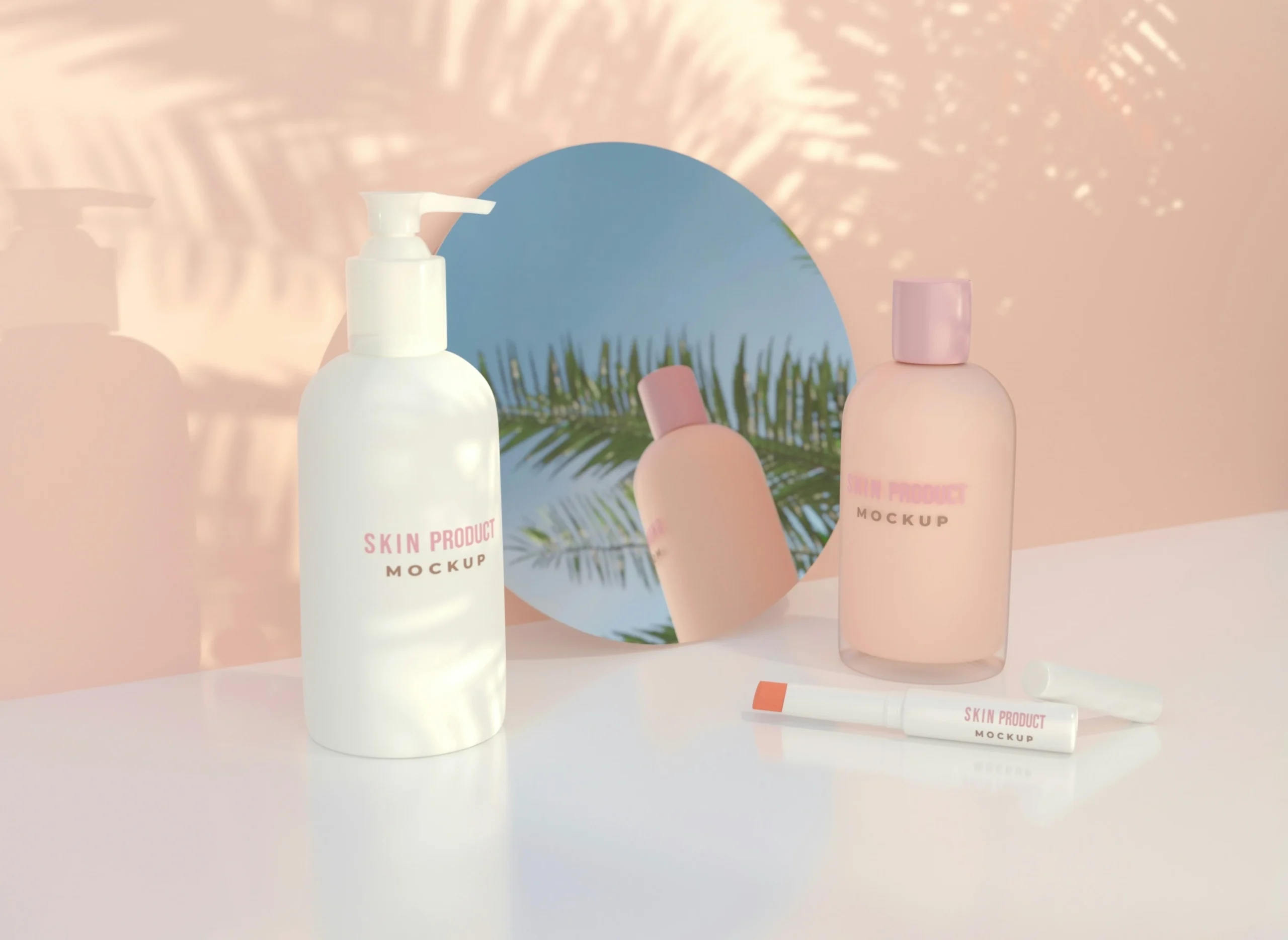Recently, there have been many Chinese skincare products highlighting a growing trend of Chinese skincare brands entering Southeast Asian markets, particularly Indonesia and Malaysia, while strategically downplaying their Chinese origins. This approach is likely motivated by several factors:
1. Perception of Chinese-Made Products:
- Halal Certification Concerns: In predominantly Muslim countries like Indonesia and Malaysia, halal certification is crucial. Consumers may have concerns about the halal status of products manufactured in China, especially given the country’s diverse religious landscape.
- Quality and Safety Concerns: While Chinese manufacturing has significantly improved in recent years, there are still lingering perceptions about product quality and safety standards, particularly in the realm of cosmetics and skincare.
2. Localization Strategy:
- Tailored Products: By positioning themselves as local or regional brands, these companies can tailor their products and marketing messages to specific consumer preferences and cultural nuances.
- Building Trust: Localizing the brand identity can help build trust with consumers, who may be more receptive to products that resonate with their cultural values and aspirations.
3. Price Competitiveness:
- Cost-Effective Manufacturing: China’s robust manufacturing industry allows these brands to produce high-quality products at competitive prices, making them attractive to budget-conscious consumers.
Implications for Consumers:
- Scrutinize Product Labels: Consumers should carefully examine product labels and packaging to identify the country of origin.
- Research Brand Reputation: It’s essential to research the brand’s reputation and look for reviews from other consumers.
- Prioritize Halal Certification: For Muslim consumers, ensuring halal certification is crucial.
- Consider Product Ingredients: Research the ingredients to identify potential allergens or harmful substances.
Implications for Brands:
- Transparency: While localization is a valuable strategy, brands should maintain transparency about their origins.
- Building Trust: Invest in building trust with consumers through honest marketing, high-quality products, and strong customer service.
- Compliance with Local Regulations: Adhere to local regulations, including halal certification and product safety standards.
Here are some Chinese skincare brands:
- Pechoin: China’s first domestic skincare brand, founded in 1931, and a top-selling beauty brand. Pechoin focuses on Traditional Chinese Medicine.
- Carslan: A major Chinese cosmetics brand that offers high-quality makeup, skincare, and beauty tools at affordable prices.
- Skintific: A Chinese beauty brand that is popular in Indonesia.
- Bioaqua: A China-based skincare brand that is popular in Indonesia.
- Dr Proya: A standout brand in the Chinese cosmetic market.
- Perfect Diary: A standout brand in the Chinese cosmetic market.
- Chando: A standout brand in the Chinese cosmetic market.
- Kefumei: A Chinese brand that made it into the top 20 rankings on Tmall.
- QuadHA: A Chinese brand that made it into the top 20 rankings on Tmall.
By understanding the nuances of consumer behavior and market dynamics, Chinese skincare brands can navigate the Southeast Asian market successfully while addressing concerns about their origins and product quality.
Things You Need To Know
What does Made in PRC mean?
Made in PRC stands for Made in the People’s Republic of China. It’s a way to indicate the country of origin for products manufactured in mainland China.
Some manufacturers might choose “PRC” over “China” for various reasons, such as:
- Maintaining Neutrality: “China” can sometimes carry political connotations, while “PRC” might be seen as a more neutral descriptor.
- Avoiding Negative Perceptions: China has historically had a mixed reputation for product quality, and some manufacturers may want to distance their products from these perceptions.
However, it’s important to note that both “Made in China” and “Made in PRC” ultimately refer to products manufactured in mainland China.

